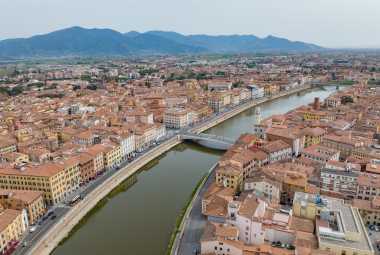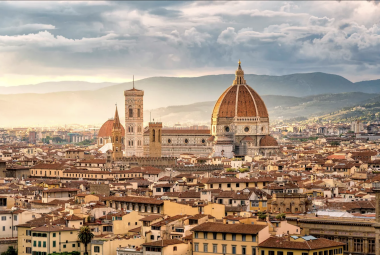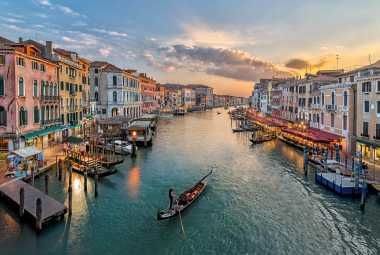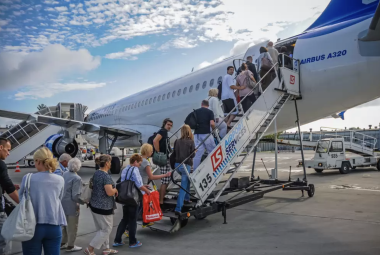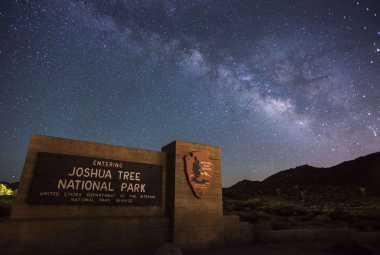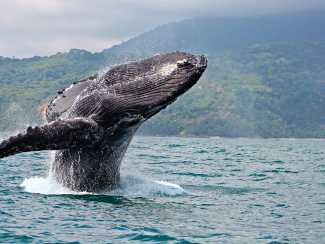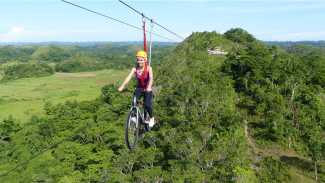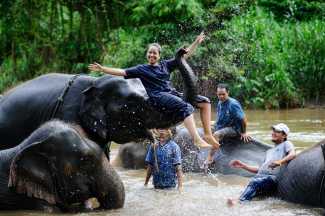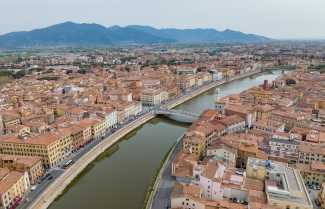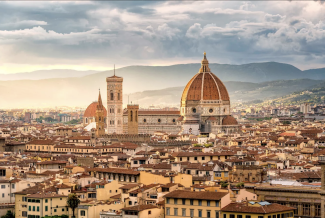Image by bluespiritcostarica.com
*Vacation Mode is a for-profit site. It contains paid banner advertisements that are generated and managed by a third-party network. This site also includes relevant affiliate links (both in the content and on the sidebar) all of which we do our best to clearly mark as such.
Blue Zone Costa Rica
The Costa Rica Blue Zone is a unique region in Costa Rica (see Travel Guide for Costa Rica), and the people who choose to make their home in this part of the country prefer to lead healthier lifestyles. There are many different explanations for why this is the case. One of the reasons for this is because the climate is quite comparable to that of Hawaii, which is well recognized as having one of the best reputations for public health in the entire world. Another factor is that the nation has regulations that make it illegal to smoke cigarettes and consume alcohol, which contributes to the reduction of incidences of diseases like cancer, cardiovascular disease and heart disease.
It should come as no surprise that people who live in the Blue Zone in Costa Rica have a high life expectancy. People who live in the Blue Zone have been determined to have a median age of 78 years, according to a study that was conducted and published in 2016, whereas the typical age for the rest of the country is 67 years.
This lifespan is a result of the locals' habitat.
There are several factors that contribute to a person's health. While genetics play a role, environmental factors also influence our overall well-being. One example of an environmental factor is food choices. Eating nutritious foods is critical to maintaining a healthy body. However, eating junk food is just as bad for us as not eating enough fruits and veggies.
it of maintaining good diets and engaging in frequent physical activity. People who live in the Blue Zone drink significantly less coffee than the average Costa Rican, which may be one reason why they have a shorter life expectancy than other Costa Ricans.
Costa Rica Blue Zone Map

What makes an area a Blue Zone?
The term "Blue Zone" refers to specific regions of the world in which people tend to live for an extraordinarily long time. These locations have a propensity to share certain traits, such as robust community relationships, healthy lives, and low-stress levels.
Two of the world's Blue Zones can be found in the country of Costa Rica, which has a total of seven Blue Zones around the world. The first is known as the San Juan de Dios Cloud Forest Biological Reserve, and the second is the Monteverde Cloud Forest Biological Reserve. Both of these locations are regarded as being a part of the Central Valley region that can be found in Costa Rica.
The hilly region known as San Juan de Dios is located at an elevation of 6,000 meters (or 2,000 feet) above mean sea level. It is significantly less populous than the other Blue Zones, with a population density of only slightly more than 1,200 people per square mile. Nevertheless, San Juan de Dios has some really astounding statistics to offer, in spite of the fact that it is only a moderately sized city. According to the most recent statistics provided by the World Health Organization, the typical longevity in this country is 80 years.
The biological reserve known as Monteverde Cloud Forest can be found in the southern part of Costa Rica. It is one of the oldest reserves in the nation, having been established in 1980 when it first opened its doors to visitors. The region is home to a number of animals that are at risk of extinction, such as pumas, ocelots, tapirs, and jaguars.
It shouldn't come as a surprise that these two Blue Zones have a lot in common with one another. Both locations have exceptionally low rates of incarceration, joblessness, and poverty. Residents are also involved members of their communities, giving back on a regular basis and taking part in a variety of community activities. And both are encircled by breathtaking natural scenery all around them.
In addition to having a larger number of centenarians than other countries, Costa Rica also ranks among the healthiest nations in the world. This is evidenced by the country's high ranking in the World Health Organization's (WHO) World Health Rankings. According to the United Nations Development Program, the government spends less money on healthcare than practically every other nation in Latin America. This information is based on comparisons between countries in the region. Additionally, its people have a better likelihood of surviving cancer than people in the United States do.
If you find yourself in Costa Rica at some point, give some thought to making a detour to one of these Blue Zones so that you can get a taste of what it's like to live in an area where people appear to live their longest.
Blue Zones around the world

There are currently seven blue zones across the globe, including Loma Linda, which is located in California; Ikaria, which is located in Greece; Okinawa, which is located in Japan; the Nicoya Peninsula, which is located in Costa Rica; Sardinia, which is located in Italy; Icaria, which is located in Greece; and Emilia Romagna, which is located in Italy. Although there are no blue zones that have been officially recognized in North America, scholars believe that certain portions of the United States may qualify as blue zones if they meet specific requirements.
Researchers aren't entirely certain why these groups exist, but they have a strong suspicion that genetics play a role in the phenomenon. According to the findings of the research, the people who live in these areas tend to have similar lifestyles, which results in a better atmosphere. Some people believe that there is a correlation between reduced levels of pollution and enhanced longevity.
Regardless of the reasons why it is undeniable that these communities have devised a strategy that allows them to prosper despite evading the unfavourable impacts of contemporary living. Therefore, if you ever make the decision to retire, you should really think about relocating to one of these places.
Costa Rica Blue Zones
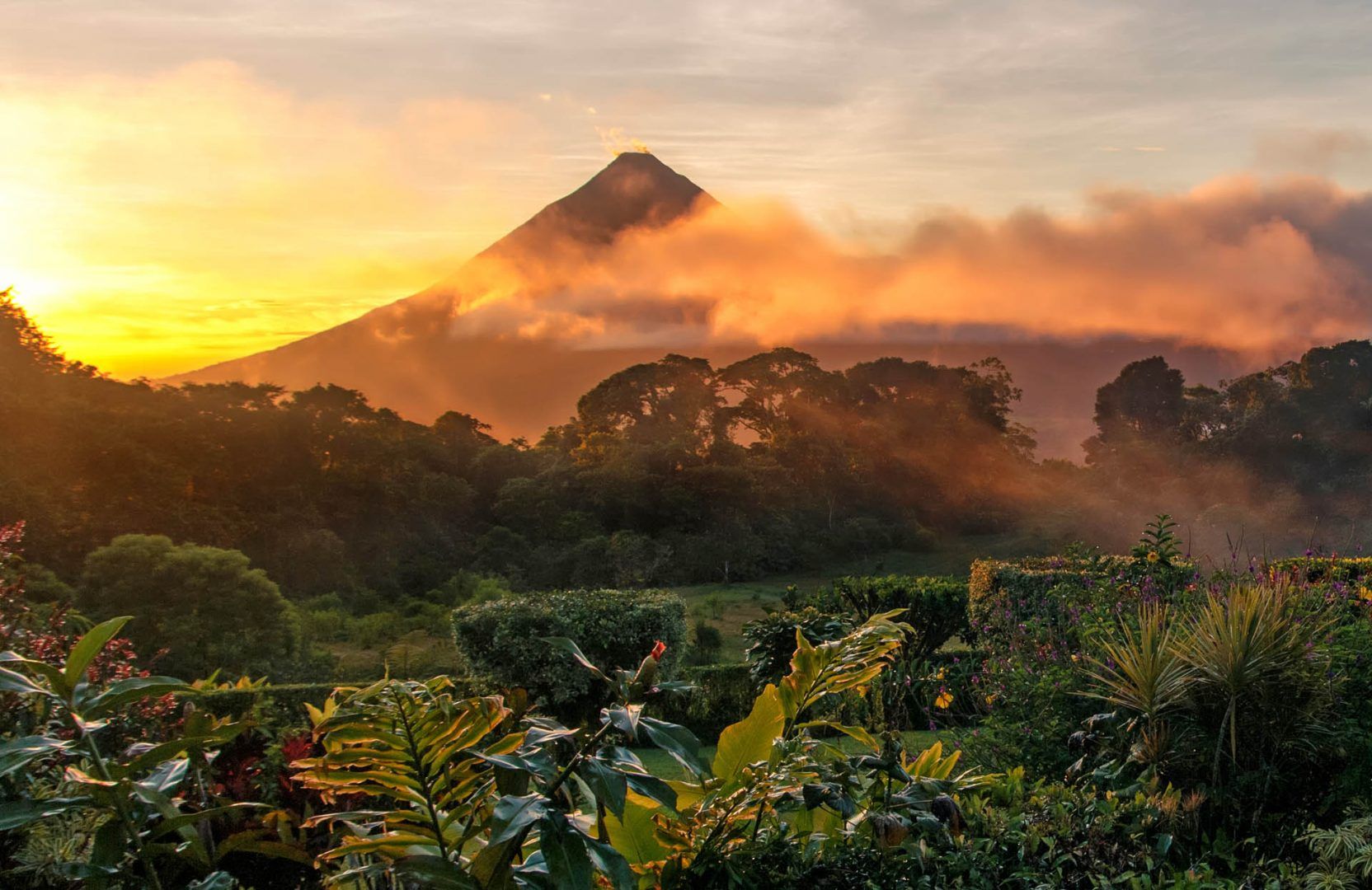
According to the findings of research carried out by the University of Wisconsin, two of these regions can be found in the nation of Costa Rica, and both of them can be found in close proximity to the nation's capital city of San Jose.
One of the blue zones is located just outside of San José and goes by the name of Buenaventura. According to the findings of the study, those who live in Buenaventura have a life expectancy of 75 years, whereas residents of other parts of Costa Rica have a life expectancy of 70 years. The researchers think that the explanation for this longevity is due to the healthy lifestyle that is prevalent in the area, which includes low levels of pollution and stress.
The location of the second blue zone in the country is known as Bribri, and it can be found in the southern region. People who live in this area also have a life expectancy of 80 years, however the disparity between the two places is not quite as pronounced as it is in Buenaventura. According to the findings of the researchers, this is due to the fact that the region is significantly smaller than the rest of Costa Rica.
Both of these blue zones provide visitors with a wealth of opportunity to get up up and personal with the natural world. Hiking along local paths and touring the area's farms and coffee plantations are both options for tourists. In addition, the region is home to a number of museums and cultural institutes that provide insight into the region's past and present.
Santa Teresa, Malpais and Montezuma
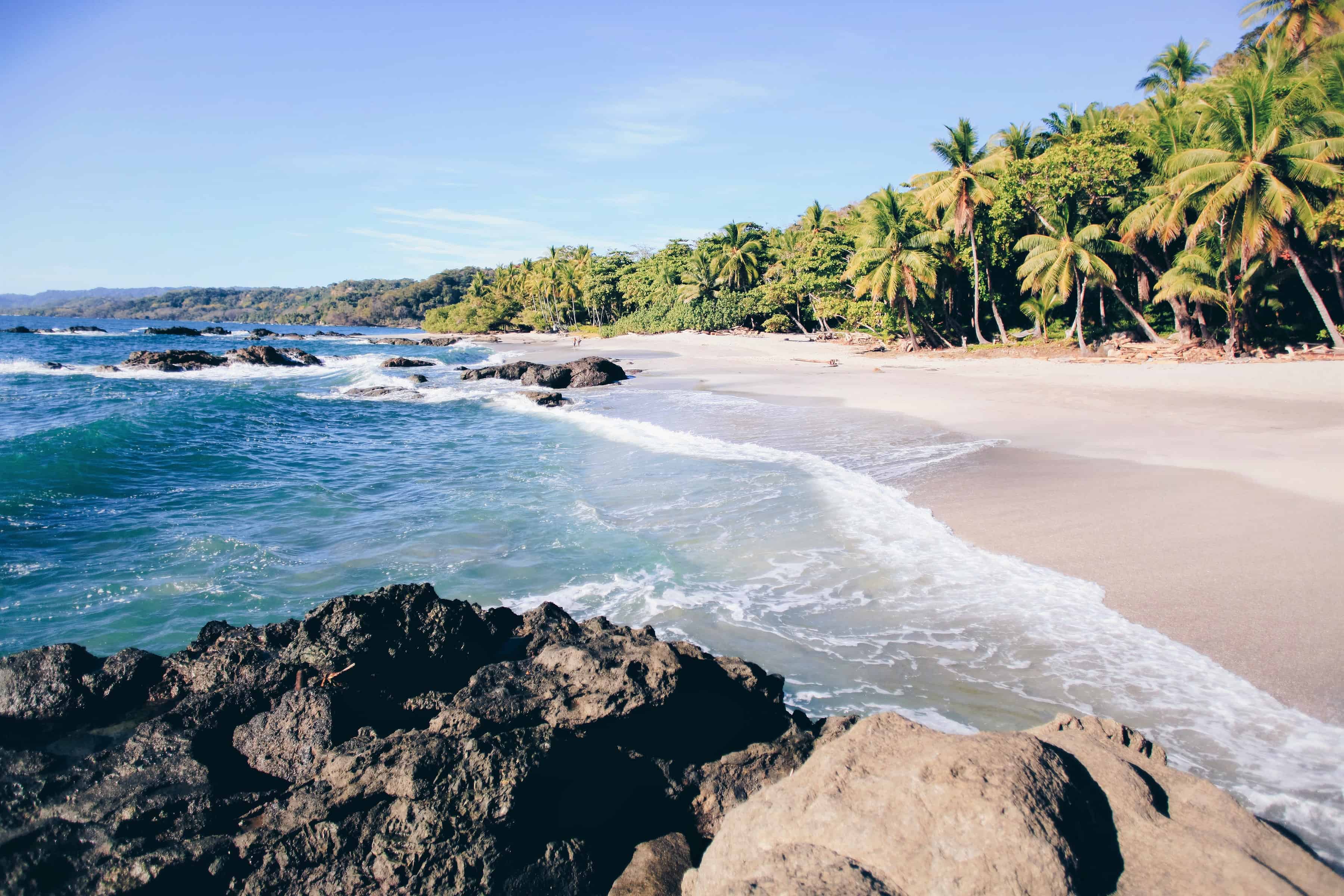
Malpaís is another Blue Zone, located near Limón. Here, residents enjoy a low incidence of heart disease and cancer. People here tend to walk regularly and avoid processed foods.
Montezuma is yet another Blue Zone, located in Guanacaste. Residents here consume less meat and dairy products and more fish and beans. They also exercise regularly and limit their intake of sugar and salt.
Playa Samara
However, despite Costa Rica's widespread notoriety for the breathtaking beauty of its beaches (Checkout best beaches of Costa Rica), the nation is also witnessing a rise in tourism from visitors interested in seeing the rest of the country. Playa Samara, which is only a half-hour drive from San José, is widely regarded as one of the top tourist destinations in Costa Rica. Guests can enjoy lounging on the powdery white sand beaches and swimming in the azure waters here.
Even though Playa Samara is still quite young as a tourist attraction, it has quickly become a favorite site for many who travel there. And for good reason: it provides a wide variety of activities that are suitable for couples as well as families. There are a number of hotels in the vicinity, one of which being the Four Seasons Resort Costa Rica, which offers guests a spa, a pool, as well as a restaurant and a bar. In addition, guests have the option to hire bicycles or golf carts so that they can explore the local surroundings.
Private villas are also available for rent for individuals who would rather not travel with as much luggage as possible. These homes offer convenient accommodations for short stays due to the presence of kitchens, living spaces, and bedrooms.
The Cabo Blanco Natural Reserve
The entrance to Cabo Blanco National Park can be found a short distance from San Jose del Cabo in Mexico. Because of its exceptionally high level of biodiversity and untouched natural beauty, UNESCO has classified it as a Blue Zone. Within the boundaries of the park, there are over 1,500 kinds of flora and fauna, some of which include sea turtles, jaguars, pumas, ocelots, armadillos, and different bird species.
It is the habitat of a number of animals that are in risk of extinction, including as the giant anteater, the Mexican wolf, and the black bear. Activities like as hiking, horseback riding, kayaking, snorkeling, scuba diving, fishing, and observing birds are available for guests to enjoy. Additionally, there are two restaurants, a gift store, and a museum in the complex.
Barra Honda National Park

Barra Honda National Park in Costa Rica is a UNESCO World Heritage Site that is situated in close proximity to the country's southern coastline. One of the most biodiverse countries in the world, Costa Rica is home to more than a thousand unique plant species, including several extremely rare orchids.
Therefore, it should come as no surprise that nature enthusiasts flock to Barra Honda as a vacation location. Hiking, swimming, snorkeling, and kayaking are just some of the popular activities that bring people here to discover the natural beauty of the park. Because there is such a diverse selection of things to do, it is simple to pass many days wandering around the neighborhood.
The stunning beaches that can be found within Barra Honda Park are one of the primary attractions that bring people there. These beaches include seas that are ideal for swimming, surfing, and simply lounging around in the water. Playa Nacional, Playa Ostional, Playa Pan de Azucar, and Playa Tambor are just a few of the beaches that are considered to be among the finest.
People who travel to Barra Honda National Park frequently find themselves falling in love with the surrounding surroundings. But if you'd rather not deal with crowds, you might want to consider staying somewhere other than inside the park. In the immediate area, there are a number of hotels and resorts to choose from, each of which offers luxurious rooms and first-rate service.
Palo Verde National Park
There are many different kinds of animals that call Palo Verde National Park their home, such as monkeys, sloths, toucans, parrots, anteaters, armadillos, coatis, agoutis, jaguars, pumas, ocelots, and tapirs. Guests have the opportunity to see these creatures when horseback riding or trekking along designated pathways.
There are two entrances to the park, the primary one of which can be found close to the town of Santa Elena de Ujarrás. From this location, tourists can travel to the Cloud Forest Reserve, which boasts the country's greatest collection of unique plant and animal species. The second entrance can be found in the general vicinity of the La Paz Waterfall Gardens settlement. Visitors to this location have the opportunity to explore the Tropical Rainforest Reserve, which is home to the biggest major lowland tropical rainforest region that can still be found in Central America.
Ostional Wildlife Refuge
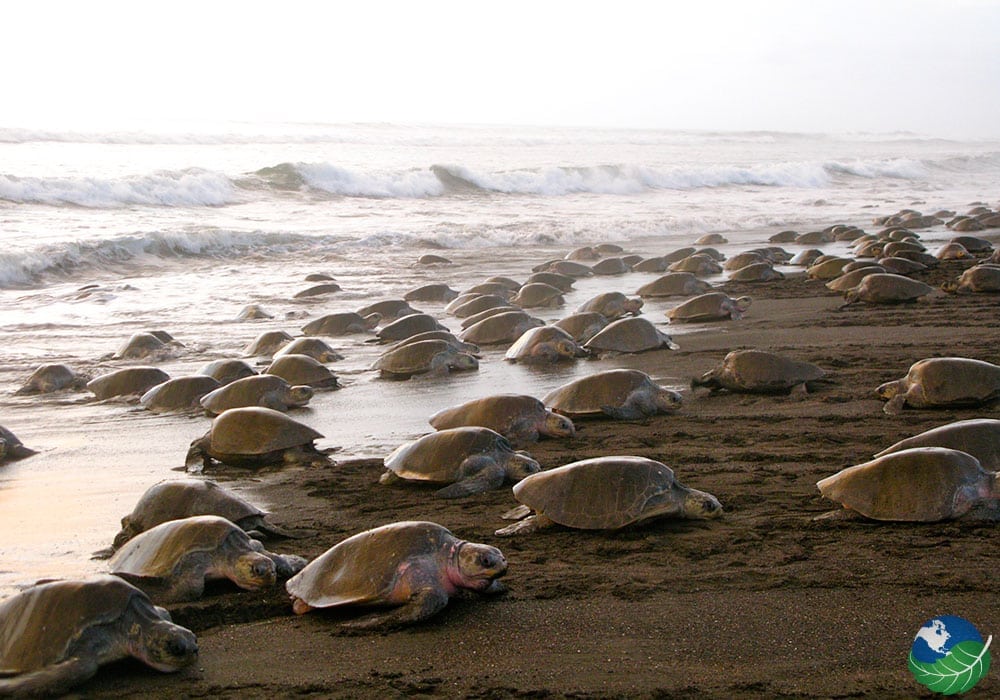
Costa Rica is home to several wildlife refuges, including Ostional Wildlife Refuge. Located just south of Limon, Costa Rica, Ostional is a protected area that protects sea turtles' nesting grounds.
This is a beautiful place to visit during the summer months, especially since it's located near the beach. There are no hotels within the refuge itself, but nearby hotels offer discounted rates.
There are three main types of animals found here: marine life, land mammals, and reptiles. Sea turtles lay eggs on the beaches surrounding the reserve, while birds nest in the trees. Land animals include monkeys, sloths, coatis, iguanas, and deer. Reptiles include snakes, lizards, frogs, and crocodilians.
Conclusion
In conclusion, Costa Rica has been ranked as one of the world’s most liveable countries. This means that its residents have lower rates of stress, depression, heart disease, diabetes, obesity, and cancer than their counterparts living in other parts of the globe. What does that mean for you? Well, if you’ve been thinking about taking a vacation to Costa Rica but haven't quite decided where to go, why not consider staying right here in San José? There are many beautiful beaches within walking distance from downtown, which makes it easier to enjoy the area without worrying about driving too far away. And since Costa Ricans eat healthy foods like fresh fruit, vegetables, beans, rice, fish, chicken, and eggs, you won't have to worry about packing any special diet items when you travel. Plus, the country's medical system is excellent, and the cost of healthcare is relatively low compared to other places around the world.


